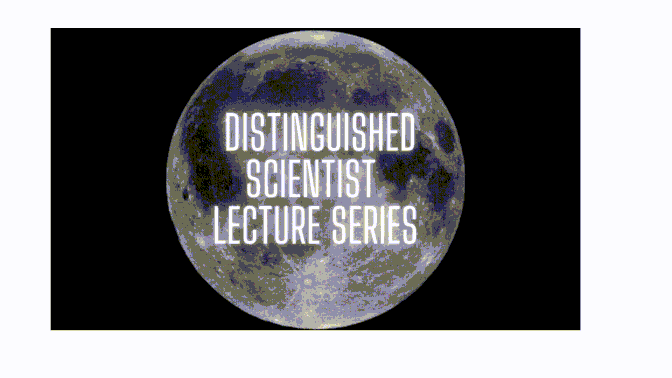
On Gravitational Collapse, Black Holes, and Colliding Waves"
Loading...
Files
Download Transcript (316 KB)
Description
(This information was taken from the Distinguished Scientist Lecture Series Program 1986-1987).
A Nobel laureate, Dr. Chandrasekhar was born in Lahore, India, and is currently Distinguished Service Professor at the Yerkes Observatory of the University of Chicago. After receiving the B.A. from the University of Madras, Dr. Chandrasekhar attended Cambridge University, where he earned the Ph.D. degree in theoretical physics and the Sc.D. degree in astrophysics. He taught at Trinity College, Cambridge, until 1945, when he was appointed to the Yerkes Observatory. It has been said that Dr. Chandrasekhar's research has "made black holes possible." In 1983, he was awarded the Nobel Prize for his important theoretical studies of the physical processes in the structure and evolution of stars. Among his other awards, Dr. Chandrasekhar has received the Gold Medal of the Royal Astronomical Society, the National Medal of Science, and the Heinemann Prize of the American Physical Society. A member of the National Academy of Sciences and the American Academy of Arts and Sciences, Dr. Chandrasekhar has contributed to a number of scientific journals and was editor of Astrophysics from 1952 to 1971.
His Work: Dr. Chandrasekhar has done research into the internal constitution of stars, white dwarfs, dynamics of stellar systems, theory of stellar atmospheres, radiative transfer, hydrodynamics and hydromagnetics, and general relativity.
His Lecture: October 25, 1986: "On Gravitational Collapse, Black Holes, and Colliding Waves"
Keywords
Astrophysics, Black Holes
Creation Date
October 25, 1986
Recommended Citation
Chandrasekhar, Subrahmanyan, "On Gravitational Collapse, Black Holes, and Colliding Waves"" (1986). DSLS 1986-1987. 2.
https://digitalcommons.bard.edu/dsls_1986_1987/2
Transcript

